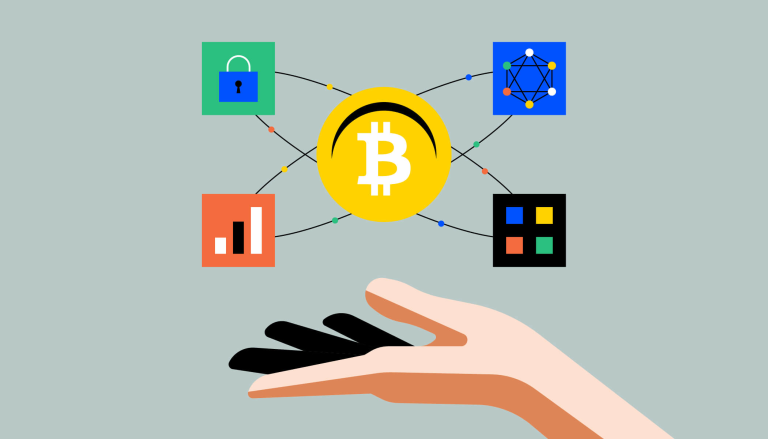What is crypto margin trading?

Crypto margin trading, also known as leveraged trading, allows users to use borrowed assets to trade cryptocurrencies.
It can potentially amplify returns but also magnify negative returns.
Understanding the concepts of margin levels, margin calls, and liquidation is crucial in crypto margin trading.
Understanding Crypto Margin Trading
Crypto margin trading, or leveraged trading, is a method where a user uses borrowed assets to trade cryptocurrencies. This approach aims to potentially magnify returns using leverage, but it can equally magnify negative returns.
For instance, if you believe the price of a particular cryptocurrency will rise, you can borrow assets to increase your exposure to that cryptocurrency. If the price rises as expected, your returns are amplified. However, if the price falls, your negative returns are also magnified.
How Does Crypto Margin Trading Work?
In crypto margin trading, you can speculate on the price of a cryptocurrency either going up or down. This is done by opening a long or short position:
Long position: You speculate on the price going up. To do this, you borrow cryptocurrency at its current price to sell it when the price rises, aiming to generate returns.
Short position: You speculate on the price going down. To do this, you borrow cryptocurrency at its current price to repurchase it when it drops, aiming to generate returns.
The amount of leverage you borrow when you open your position can vary. For example, you can choose 1X, 2X, 3X leverage, and so on. Margin leverage can go up to 25X and higher.
Understanding Margin Levels, Margin Calls, and Liquidation
In crypto margin trading, understanding the concepts of margin levels, margin calls, and liquidation is crucial:
Margin level is the amount of assets the platform requires you to hold in your margin account.
A margin call is a notification from the platform that your margin level is unhealthy and assets need to be added to prevent liquidation.
Liquidation is the forced sale of your collateral to cover negative returns. As this is generally automated by crypto platforms, it's also known as forced liquidation.
Isolated Margin Trading vs. Cross-Margin Trading
When you're margin trading, you might come across the terms isolated margin trading and cross margin trading:
An isolated margin is a margin for a single position. Any margin deficiency or liquidation will not impact other positions in your portfolio.
A cross margin is a shared margin balance for multiple positions. Any margin deficiency from one position may be covered by a gain from another position.
Both isolated and cross margin trading have their pros and cons, and the choice between the two depends on the trader's risk tolerance and personal circumstances.
Risks and Benefits of Crypto Margin Trading
While crypto margin trading can potentially amplify returns, it also comes with significant risks. The most notable risk is that small market movements in the opposite direction of your speculation can lead to liquidation, resulting in the loss of your assets. Therefore, it's crucial to have a clear understanding of the market and to manage your risks effectively when engaging in crypto margin trading.


